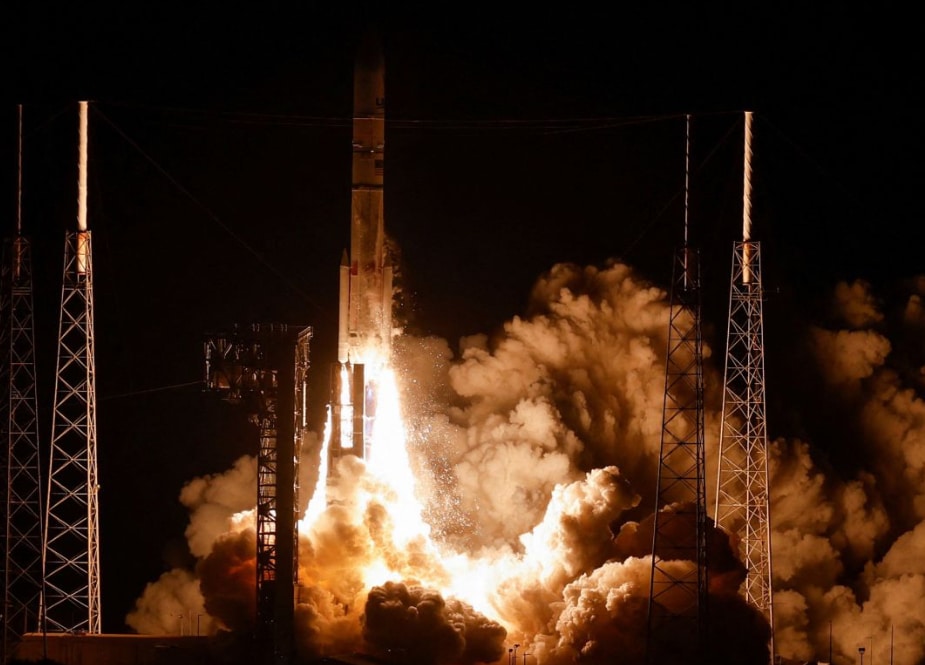A groundbreaking moment unfolded as a robotic lander, developed by a private company, embarked on a historic journey to the moon. The mission aims to achieve the first U.S. lunar soft landing in over 50 years. The lander, named Peregrine and created by space robotics firm Astrobotic, was launched at 2:18 a.m. EST from Cape Canaveral, Florida, marking the inaugural flight of the Vulcan, a potent rocket developed over a decade by the joint venture of Boeing and Lockheed Martin known as United Launch Alliance (ULA).
“This has been years of hard work. So far this has been an absolutely beautiful mission,” expressed ULA CEO Tory Bruno from the company’s launch control room, capturing the sentiment of the moment.
If successful, Peregrine would achieve the first U.S. soft moon landing since 1972, and notably, the first lunar landing by a private entity, a milestone that has remained elusive in recent times. Astrobotic CEO John Thornton expressed, “This is the moment we’ve been waiting for for 16 years,” as applause filled the launch control room upon Peregrine’s release from its booster stage, initiating its 46-day journey to the moon.
The mission signifies the latest in a series of endeavors by both nations and private enterprises racing towards the moon, driven by the potential for exploiting its water-bearing minerals to sustain long-term astronaut missions.
The launch of the Vulcan, a 200-foot tall rocket featuring engines from Jeff Bezos’ Blue Origin, holds particular significance for ULA. It represents a pivotal step for the company as it seeks to replace its Atlas V rocket and compete with Elon Musk’s SpaceX in the satellite launch market.
Peregrine, carrying 20 payloads, is scheduled to land on the moon on February 23, with a primary focus on gathering crucial data about the lunar surface in preparation for future human missions. This mission is part of NASA’s Artemis moon program, a multibillion-dollar initiative involving global collaboration and heavy reliance on private entities such as SpaceX, aiming for crewed moon missions later this decade.
Furthermore, another private U.S. company under NASA’s program, Intuitive Machines, anticipates launching its own lander in February, carrying similar NASA payloads and aiming for a moon landing a day prior to Peregrine’s scheduled arrival.
With these developments, the race to the moon has intensified, following India’s successful soft lunar landing last year, joining the U.S., China, and the former Soviet Union as the only countries to achieve this feat. Although private companies have faced challenges, the collective efforts signify a renewed push towards lunar exploration, with the potential to create a lunar marketplace in the near future.



















